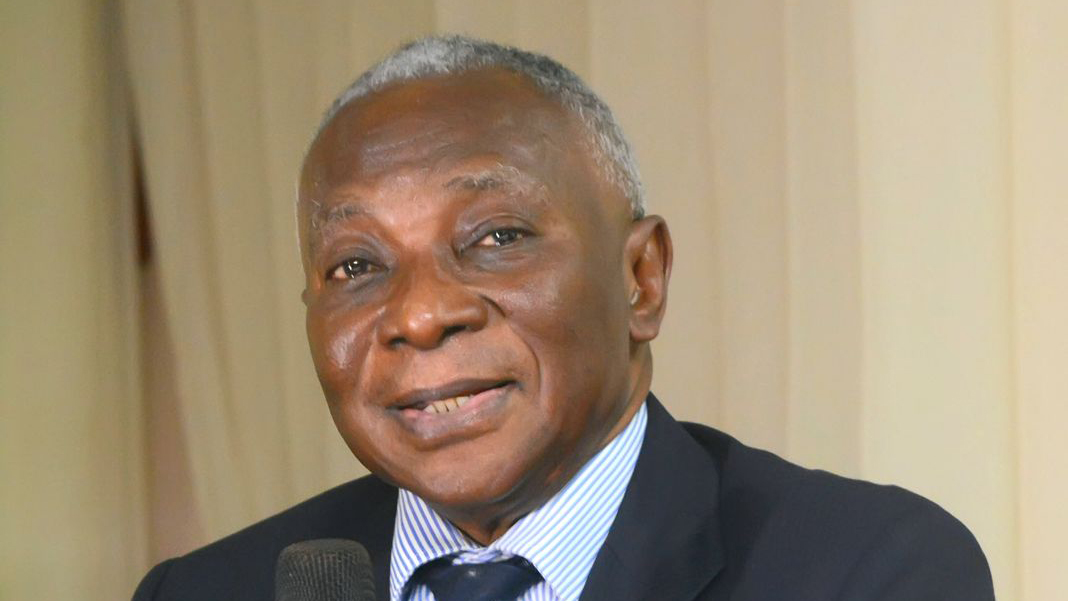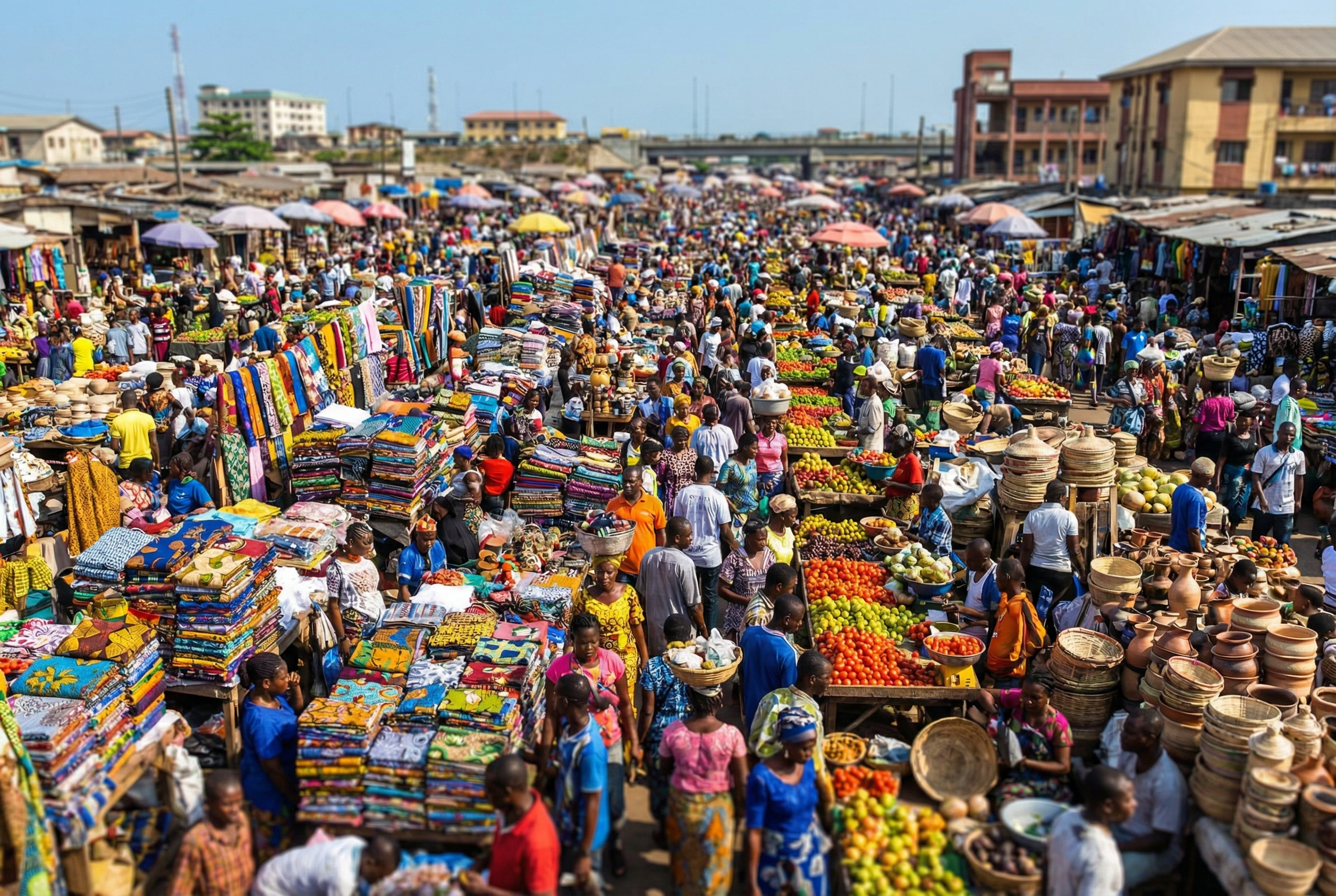For over two decades, Nigeria’s health sector has leaned heavily on the support of international development partners and institutions. These partners, particularly USAID, US President’s Emergency Plan for AIDS Relief (PEPFAR), and the President’s Malaria Initiative (PMI), among others, have played a central role in helping Nigeria respond to public health emergencies, reduce maternal deaths, treat millions living with HIV/AIDS, and scale up malaria prevention. In many ways, these aids have been the scaffolding holding up essential parts of our health system. But that scaffolding is beginning to unravel.
In 2023, USAID’s health portfolio in Nigeria was valued at about $600 million. By 2024, that figure had dropped to $464 million. That’s a decline of more than $135 million in just one year. While that may sound like a rounding error in some global budgets, for Nigeria’s health system, it dealt a significant blow. This decline is beyond numbers, it is about lives, ordinary everyday Nigerians who will not get the health care that this is essential for survival. These include pregnant women with bleak hope for antenatal care, under 5’s who won’t get access to the care needed to improve our abysmal health statistics. It is also about fewer HIV treatment packs, reduced access to family spacing commodities, stalled malaria programmes, and a growing threat to maternal and child health services.
PEPFAR, the U.S. government’s flagship HIV/AIDS initiative, has invested over $7.8 billion in Nigeria since inception. It supports more than 1.3 million Nigerians living with HIV. With funding from PEPFAR, Nigeria has made commendable progress in HIV testing, treatment access, and prevention campaigns. But recent uncertainties in the U.S. domestic policy space are now casting long shadows over PEPFAR’s future direction. With the announcement of the funding cuts to vital programs in Nigeria, the Nigerian government allocated ₦4.8 billion (about $10 million), to procure HIV treatment packs to cushion the impact of the funding cuts. However, this barely begins to replace what is being lost. It is a bold move, yes, but not nearly enough to bridge the widening gap. The implications for this is a possible surge in new infections, higher levels of mortality and increased mortality.
The implications for maternal health are equally alarming. Nigeria still has one of the highest maternal mortality rates in the world, estimated at 545 deaths per 100,000 live births in 2022. While we have seen some progress, particularly in increased use of modern contraceptives, which rose from 16.6 percent in 2018 to roughly 20 percent in 2024, the unmet need remains high. Around 21 percent of Nigerian women still have unmet needs for family spacing. It’s a reflection of thousands of lives exposed to avoidable risks: childspacing programmes, skilled birth attendance, emergency obstetric care, and antenatal services will all be affected. Impacts are particularly high in the rural and hard-to-reach areas, where service delivery was already fragile even before the funding cuts were implemented.
In the battle against malaria, the story is no different. Although Nigeria-specific data on recent disruptions is still emerging, we know from broader regional trends that reductions in PMI funding have already slowed or halted the distribution of insecticide-treated nets, community-level malaria interventions, and access to antimalarial drugs. In a country that accounts for one of the highest malaria burdens globally, this is a serious setback.
Looking beyond disease-specific programmes, we must also acknowledge the impact that shrinking aid has on the entire health system as all aspects are interconnected. Health infrastructure, already overburdened, continues to weaken. Staffing shortages grow more acute. Essential drugs and supplies system will be disrupted. Supervision and quality assurance mechanisms become irregular or disappear. They weaken our ability to respond to routine health needs, let alone public health emergencies.
Nowhere are the consequences more devastating than in northeastern Nigeria, where ongoing conflict has crippled health service delivery. In this fragile region, 60 to 70 percent of healthcare is sustained by donor funding. When that support wanes, services don’t just decline, they edge toward total collapse, deepening an already dire health crisis. Across rural communities and internally displaced persons (IDP) camps, many health facilities are stretched to breaking point. Today, over 70 percent face critical service disruptions. The human toll—avoidable illness, untreated conditions, and needless deaths—is both staggering and unacceptable.
When aid funding declines, its impact is not evenly felt, it hits the most vulnerable the hardest. Women, children, and low-income communities, already facing steep barriers to healthcare, are pushed even further to the margins. As resources shrink, so does access to life-saving services, widening health inequities and reversing hard-won gains. This threatens Nigeria’s path toward achieving the Sustainable Development Goals and Universal Health Coverage, while reinforcing an unacceptable reality: those who need care the most are often the first to be forgotten. We cannot afford to overlook them—not morally, and not strategically.
Yet amid this healthcare crisis lies a powerful opportunity we must seize with urgency. The private sector in Nigeria is already a dominant force—more than many realize. As of 2019, private domestic spending made up over 71% of the country’s total health expenditure, with nearly 90% of that burden falling directly on individuals through out-of-pocket payments. In urban centers like Lagos, an estimated 75% of healthcare services are provided by private actors. And yet, this significant footprint remains largely untapped for coordinated national health development. Much of this support is delivered informally, without integration into broader public health strategies or sufficient regulatory oversight. This fragmentation isn’t just inefficient—it’s a profound missed opportunity to strengthen and scale healthcare delivery nationwide.
At Private Sector Health Alliance of Nigeria (PSHAN), we believe this moment calls for a new kind of partnership; one that re-imagines the role of the private sector not just as a provider or payer, but as a key stakeholder in Nigeria’s health system. Through our flagship initiative, the Adopt-A-Healthcare-Facility Programme (ADHFP), we are mobilising private capital and institutional resources to strengthen at least one PHC in each of the country’s 774 local government areas. The ADHFP initiative brings together businesses, philanthropists, and community leaders to strengthen Nigeria’s health foundation from the bottom up. Through our partners, we have demonstrated that well-structured corporate engagement can yield tangible, scalable impact. We’re also encouraged by the growing wave of innovation. Between 2019 and 2022, Nigeria attracted over $18 million in private capital to health-tech ventures. These companies are reimagining what’s possible in diagnostics, data management, supply chains, and genomics. The digital health market in Nigeria is projected to grow to €278 million by 2025 and to €374 million by 2029. Telemedicine alone is expected to more than double its revenue from $315 million in 2022 to $704 million by 2027. Our pharmaceutical sector is also on a strong growth path, with projections placing its value at around $4 billion within the next decade.
Still, we must be honest: these gains are fragile. Health insurance coverage remains low, rising only slightly from 5.1 percent in 2018 to 8.8 percent by 2021. Without legislation to expand microinsurance or policies that incentivize employer-based schemes, insurance coverage will remain confined to formal sectors and urban elites. At the same time, workforce shortages, poor infrastructure, and regulatory bottlenecks continue to limit the sector’s ability to scale. Nigeria’s largest hospitals average only about 250 beds, far fewer than similar institutions in India or China.
Some states are already leading the way. Kano allocated 16.46 percent of its ₦437.3 billion budget to health in 2024—well above the 15 percent target set by the Abuja Declaration. Kaduna followed closely with a 15.63 percent allocation. Lagos, although lower proportionally at 8.5 percent, allocated the highest absolute amount—₦149.4 billion. But the facility counts alone are not enough. Across Nigeria, about 85 percent of PHCs are publicly owned, yet only 20 percent are fully functional. Three out of four lack basic equipment. Without strong partnerships to address equipment financing, staff training, and facility maintenance, we risk expanding infrastructure without improving health outcomes.
There are bright spots. MTN Foundation, for example, adopted 52 PHCs nationwide, equipping them with essential drugs, solar-powered electricity, clean water, and trained medical staff. The Aig-Imoukhuede Foundation is also renovating 23 PHCs across Nigeria, with four already active in Edo State. Other notable contributions include those of the Aliko Dangote Foundation, which has touched all 44 PHCs in Kano states, the HOW Foundation in Rivers, and the Jim Ovia Foundation in Delta. In Lagos, private sector players like Zenith Bank and Access Corporation continue to invest meaningfully in health through their corporate social initiatives. But if we are to replicate and scale these successes, we need to act on several fronts. Nigeria must enact laws that institutionalize blended finance and de-risk private capital. We must enact legislation that enables pooled risk insurance schemes, including tax incentives for employers and subsidies for vulnerable populations. Workforce retention strategies are critical; incentivized rural placements, serialized postgraduate training, and performance-based incentives could go a long way. And as digital tools become more central to health delivery, we need harmonized frameworks for data governance, digital health regulation, and private provider accreditation.
If you are a policymaker, push for legislation that unlocks private investment in health. If you’re in the private sector, explore partnerships that go beyond CSR; invest in sustainable models like ADHFP that deliver long-term impact. If you are a philanthropist, foundation, or concerned citizen, identify and support functional PHCs in underserved communities. Because ultimately, the future of Nigeria’s health system will not be shaped by external aid alone but by the choices we make, the priorities we set, and the collective will we bring to building a healthier nation.
•Clifford Egbomeade is Head of Corporate Communications, Private Sector Health Alliance of Nigeria (PSHAN).
• Dr. Anne Adah-Ogoh is Director of Policy, Private Sector Health Alliance of Nigeria (PSHAN).






